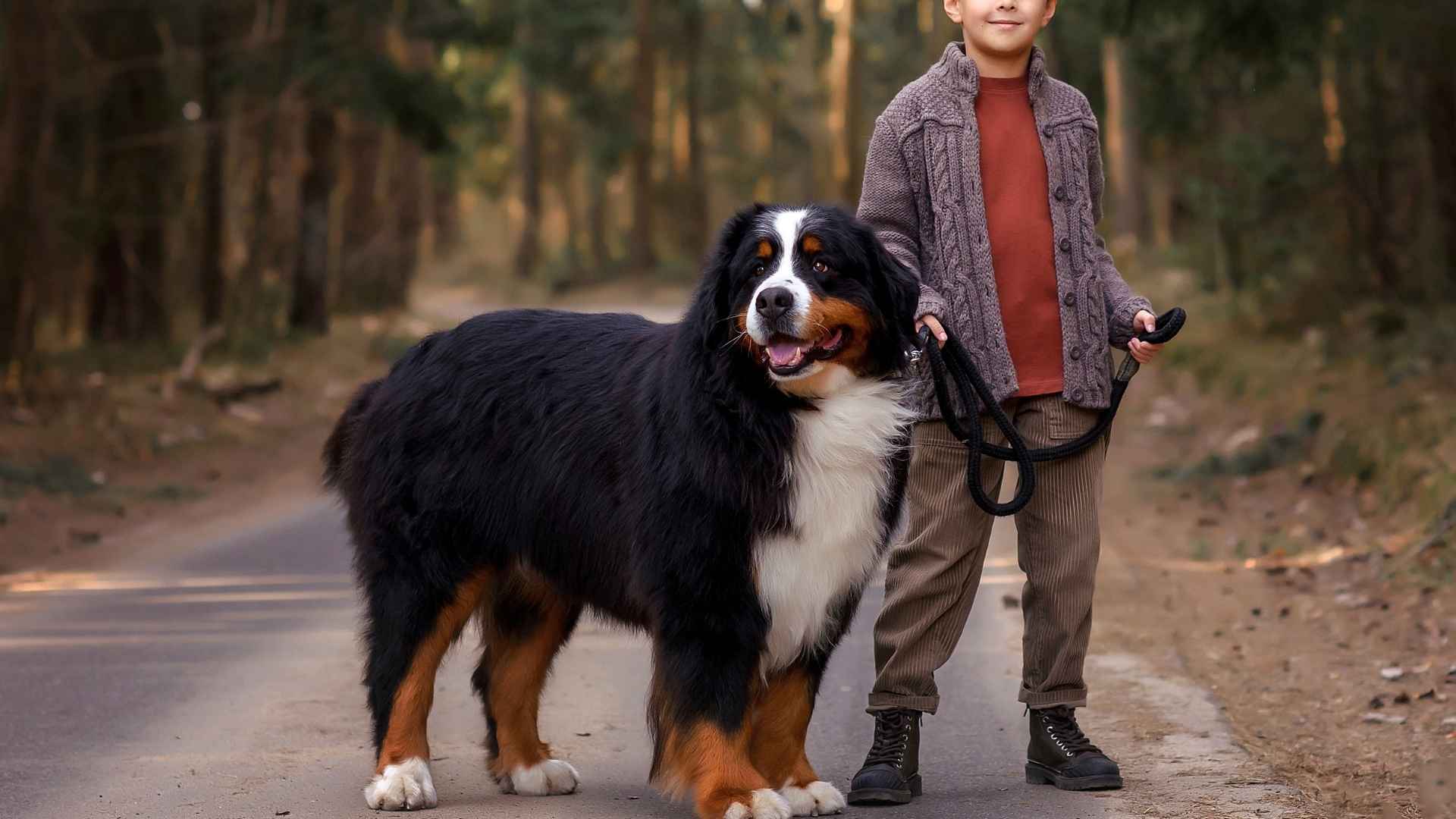Families with children are more likely to own dogs than any other household type, according to the Research Gate study. That makes sense—dogs bring joy, teach responsibility, and often become a child’s best friend.
But not every dog is naturally gentle with little ones. With larger breeds, especially, people worry about size overpowering sensitivity. The truth is, some of the biggest dogs also have the softest hearts. They’re patient, playful, and instinctively protective of their youngest pack members.
Whether your child is learning to walk or already running laps, the right large dog can be a loyal and loving companion. In this guide, we’ll introduce you to big breeds that are known for being excellent with kids. Let’s explore!
Good With Kids Large Dog Breeds
1. Golden Retriever
Golden Retrievers are known for their emotional stability, which helps them remain calm even in unpredictable environments. Sudden movements, loud voices, or playful chaos don’t shake their focus. This makes them dependable companions in homes with young kids.
Physical Tolerance and Composure
Their sturdy frame allows them to handle rougher play without becoming reactive. Grabbing, leaning, or falling over them rarely results in defensive behavior. They respond to most physical contact with gentleness and remarkable patience.
Consistent Learning Ability
They understand house rules quickly and adapt to routines involving children without ongoing reminders. Whether it’s waiting at doors or moving carefully around small feet, their responses improve with minimal correction. That predictability makes daily life smoother for busy families.
Traits Rooted in Their Past
They were originally bred to retrieve game gently, which shaped their soft mouth and gentle nature. That background still shows up in how they handle toys or interact with their hands. This care extends to how they approach every part of family life.
2. Labrador Retriever
Labradors maintain a relaxed temperament even in homes with constant noise and movement. They aren’t reactive to toys being dropped, kids running, or household commotion. That calm energy makes daily interaction smoother and less stressful for parents.
Physical Size with Gentle Movement
Though not considered a giant dog by appearance, their physicality is well-balanced with gentle control. They navigate around small children without knocking them over, as per Showsight Magazine. Their stride and presence show noticeable awareness in tight indoor spaces.
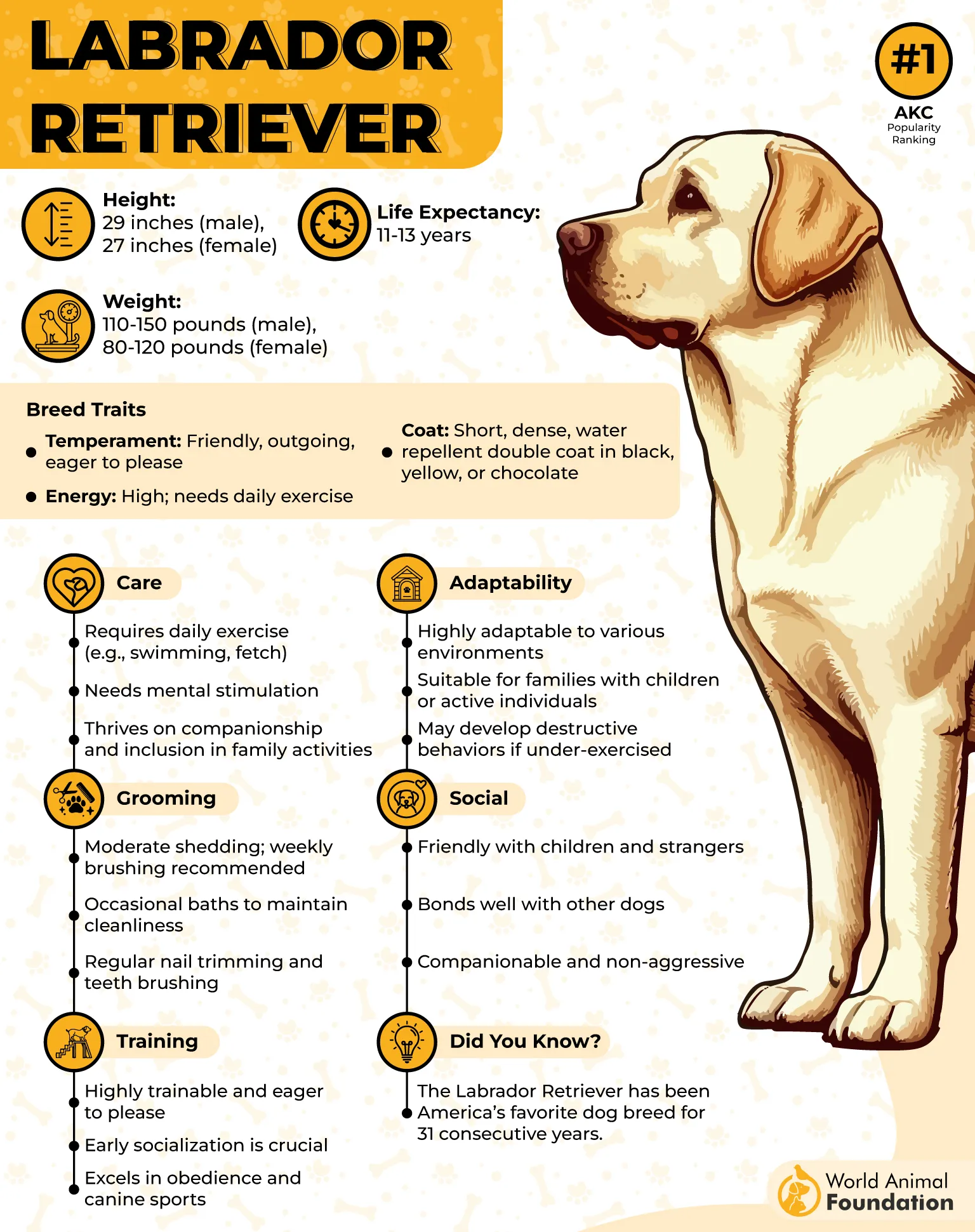
Eagerness to Follow Structure
They thrive in environments with routines and expectations, which helps in houses with younger kids. Whether it’s waiting during mealtime or understanding playtime boundaries, they adjust quickly. Many dog owners describe this breed as being self-correcting once trained early.
Origins That Support Family Roles
This dog breed was originally used by fishermen to retrieve heavy nets and gear from icy waters. Their strength developed alongside a need for obedience, which contributes to their balance of physical power and control. Labradors are often listed among ideal family dogs because of this combination.
3. Bernese Mountain Dog
Bernese Mountain Dogs maintain a quiet, balanced energy even in noisy or high-activity households. They don’t overreact to excited voices or sudden kid movements. That composure helps keep children safe and at ease during play.
Natural Affection and Social Bonding
They enjoy physical closeness and stay near children without being overly demanding. Their temperament supports day-to-day bonding without the need for constant stimulation. Families often describe them as a steady, loyal companion who simply fits in.
Strength Managed with Gentleness
Although they’re a large breed, their movement around smaller family members is surprisingly controlled. They don’t barrel through rooms or push into space without awareness. That muscle is paired with an intuitive softness during interactions.
Deep Roots in Utility Roles
These dogs were once used in the Swiss Alps to pull carts and assist farmers, tasks requiring stamina and even temperament. This history contributes to their ability to stay calm during repetitive tasks or family routines. They’re often listed among the best dog breeds for gentle, cooperative behavior.
4. Newfoundland
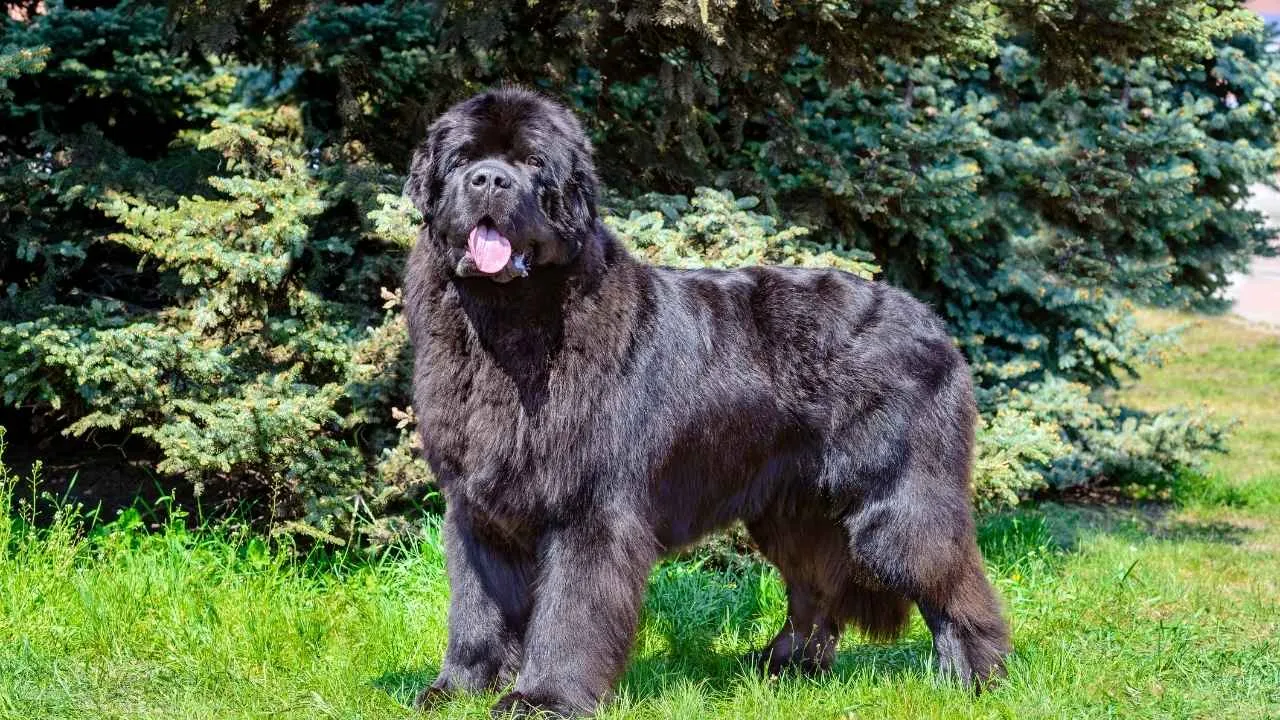
Newfoundlands are widely respected for their calm temperament, especially in homes with toddlers or small kids. Their large size doesn’t affect their ability to move slowly and safely around people. They often wait patiently rather than reacting quickly, which limits accidents indoors.
Impressive Strength Matched with Softness
This big dog can weigh more than 150 pounds but remains easy to handle due to its laid-back personality. Their responses are steady even in noisy, high-energy environments. Children can climb over or lean against them without triggering defensive behavior.
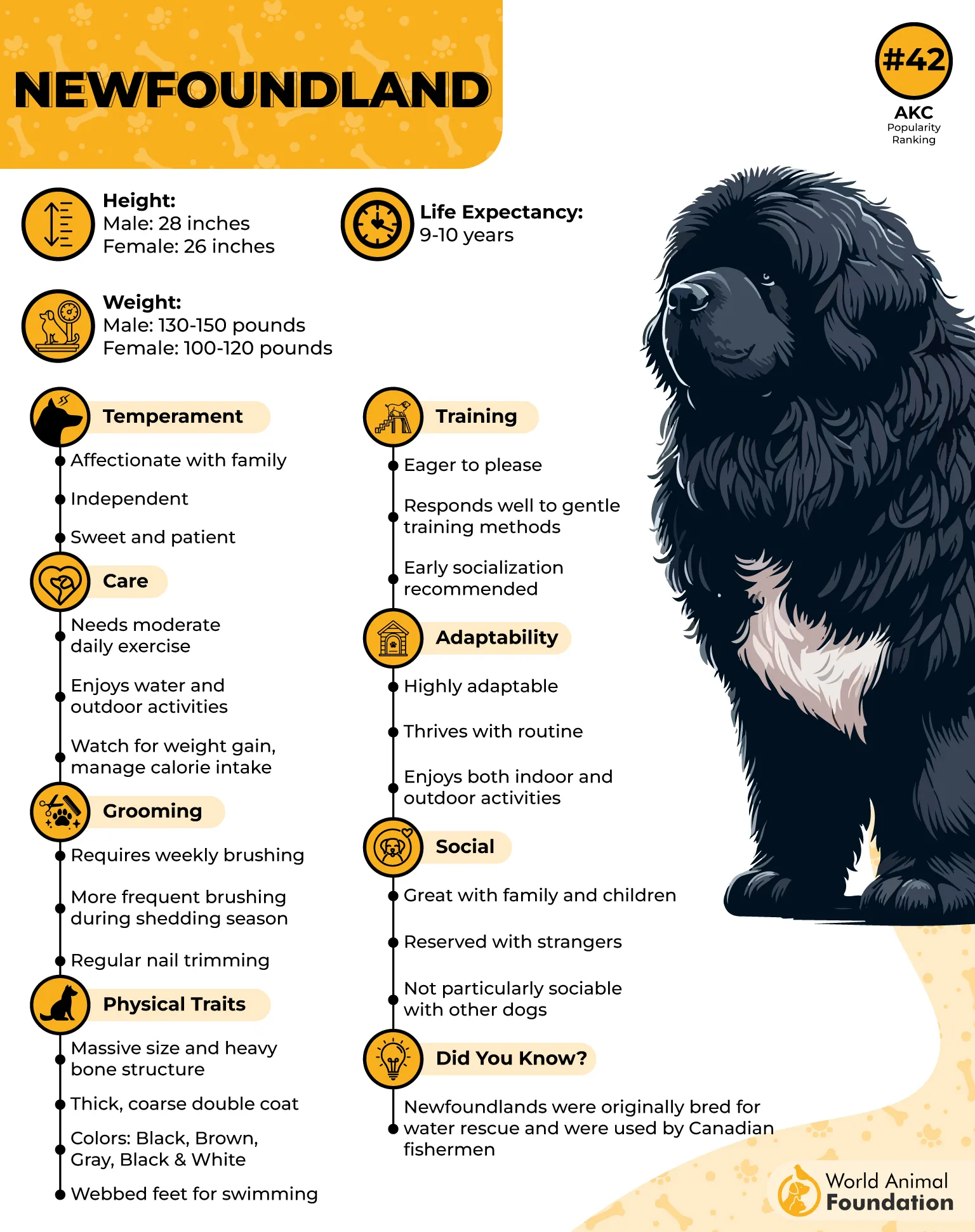
Built-In Protective Instincts
Newfoundlands have a long history as water rescue dogs, and that instinct to protect still shows up in family life, as per the AKC. They naturally position themselves between children and perceived danger. Whether near water or unfamiliar visitors, they act without panic but stay alert.
Well-Adapted to Family Living
Their thick coat requires regular brushing, but they tolerate grooming well and often enjoy the attention. As a family dog, they thrive in spaces where routine and presence matter more than constant stimulation. Their compatibility with children lies in quiet loyalty and consistent reactions.
5. Boxer
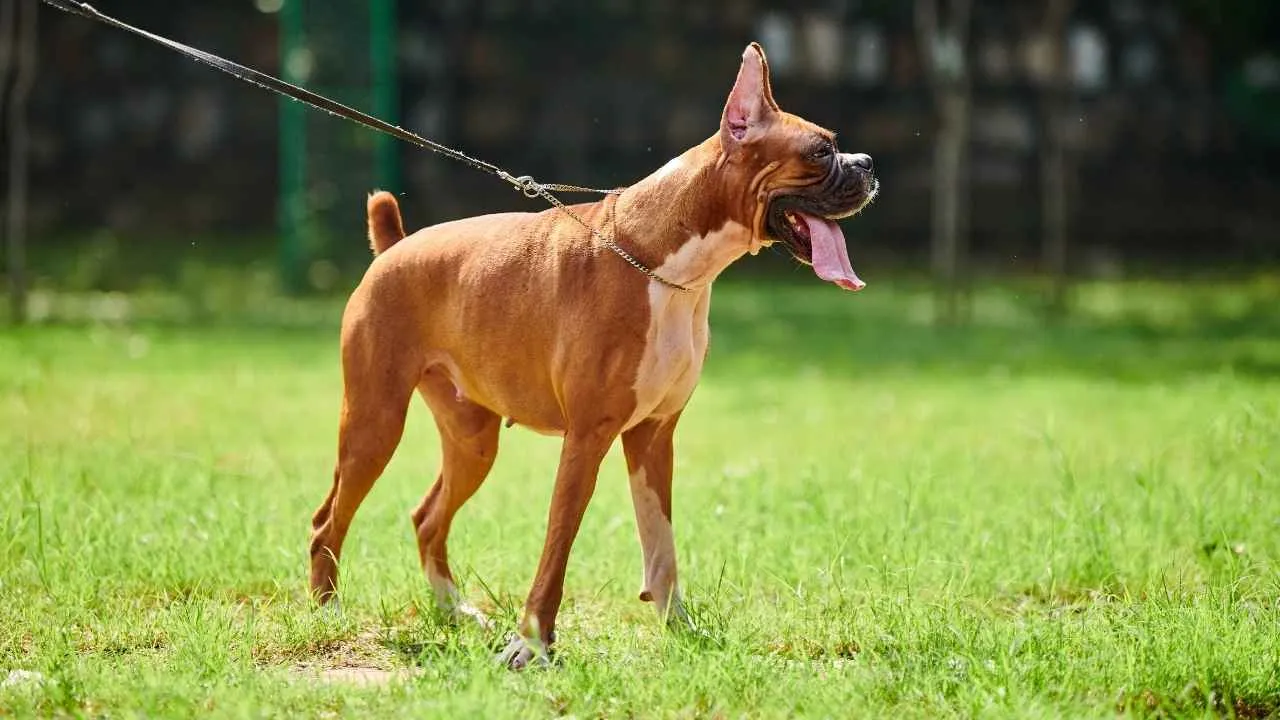
Boxers are naturally athletic and carry high bursts of playfulness that sync well with active children. They enjoy movement-based interaction, whether it’s running, jumping, or backyard play. That constant motion suits families with energetic kids who rarely sit still.
Body Awareness in Movement
Despite their muscular build, Boxers are physically aware and often navigate around toddlers with care. Their sense of space allows them to avoid bumping into kids or knocking things over. These traits make them easier to manage indoors than many other big dogs.
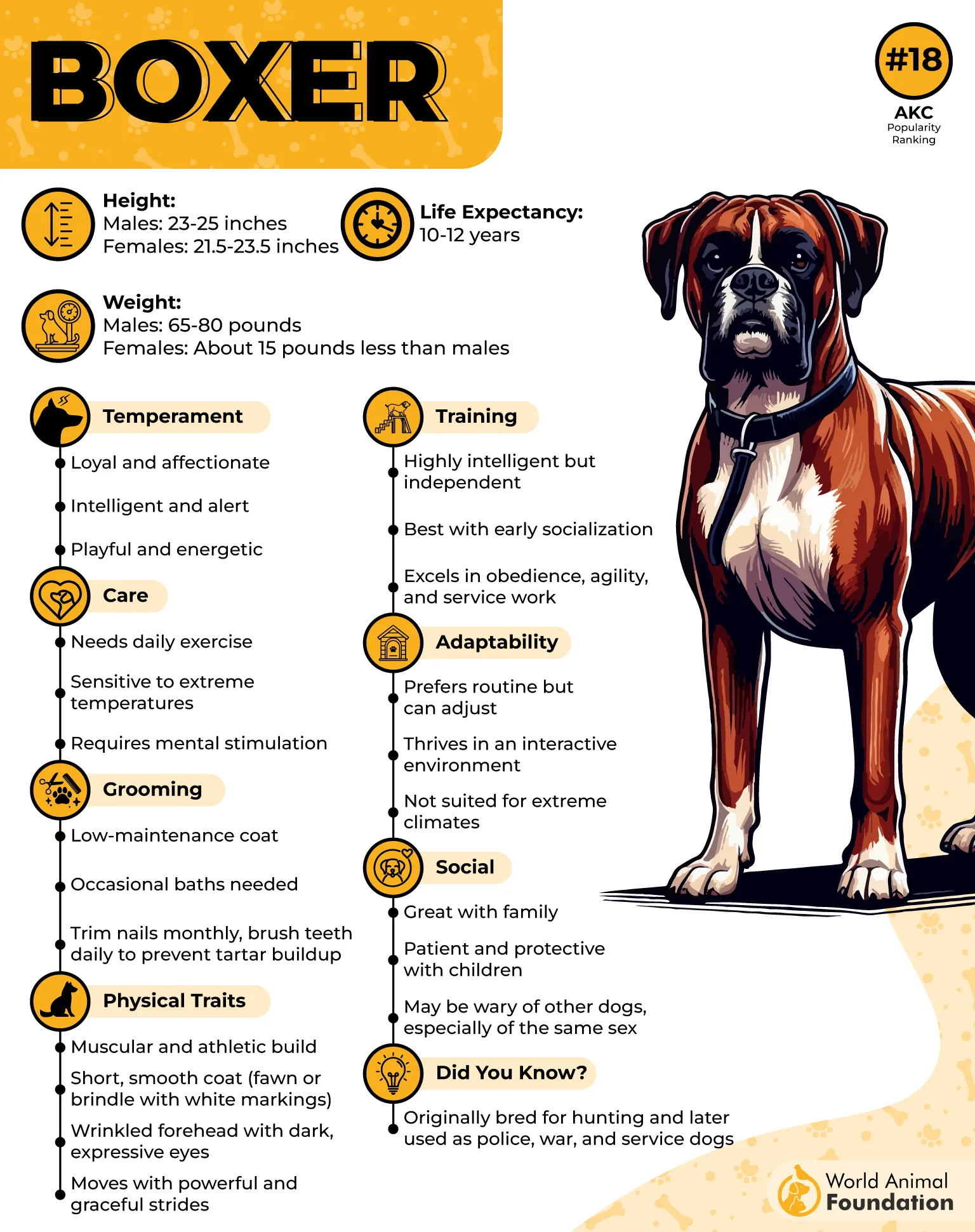
Protective Without Being Overbearing
Boxers are deeply people-focused and often form a close bond with children in their household. Their loyalty translates into watchfulness without aggression, which is why some families still consider them informal guard dogs. This awareness helps maintain a steady sense of security.
Breed Traits With a Legacy
Boxers are one of the few breeds whose name directly comes from their tendency to stand on hind legs and “box” with their front paws, as mentioned in Britannica. This behavior often appears during play, especially with other dogs, and is completely natural to the breed. It’s part of their expressive, interactive nature.
6. Irish Setter

Irish Setters do best in homes where movement is constant and outdoor time is part of the daily rhythm. They enjoy long games, backyard runs, and following kids from room to room. That stamina keeps them fully engaged without tiring easily.
Suited for Interaction With Older Kids
Their high energy and large size can be too much for toddlers, but they work well with older children who enjoy playtime. They follow directions when properly trained and learn boundaries with consistent guidance. Their enthusiasm blends well with growing, active kids.
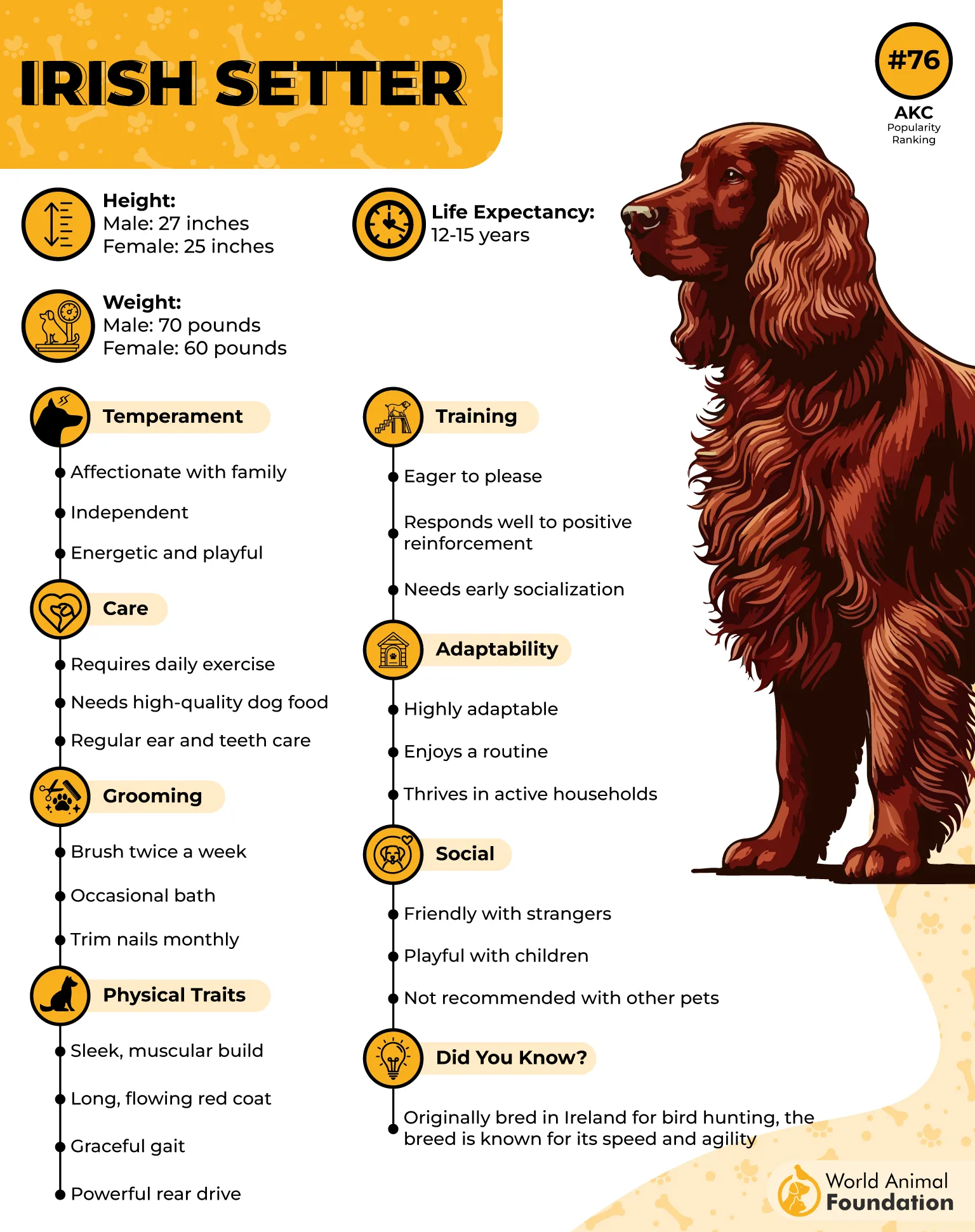
Joyful Nature and Sociability
Irish Setters are among the most people-focused large breeds, often seeking human presence over solitude. They’re responsive to tone and body language, which helps them behave better in family settings. Their eagerness makes them ideal as family pets who actually want to participate.
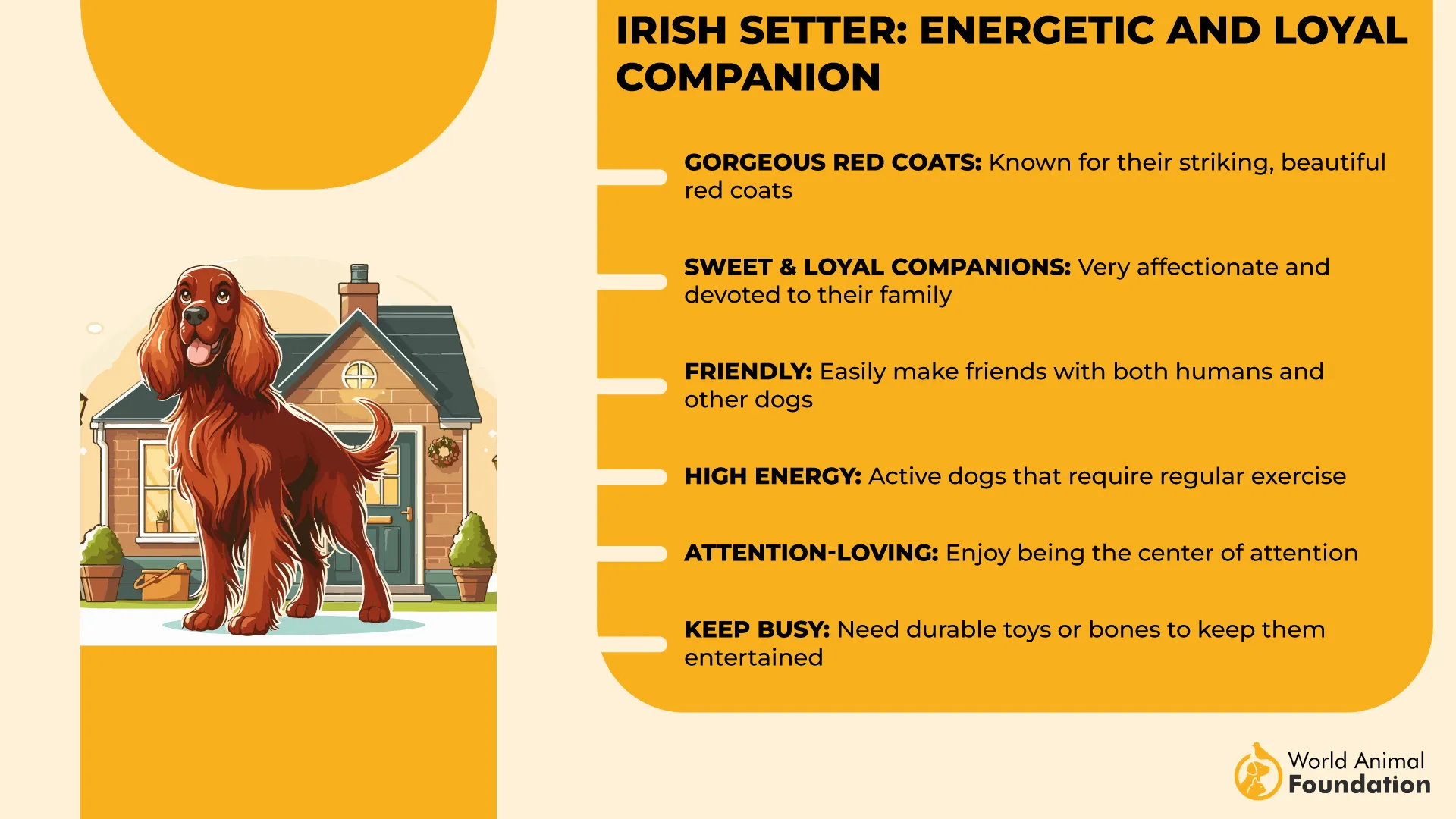
Longevity and Care Considerations
Their average life expectancy ranges from 12 to 15 years when given a proper diet, space to run, and regular vet care. That long lifespan adds value for families looking for a lasting bond. They’re also known for retaining a playful temperament well into their senior years.
7. Bouvier des Flandres
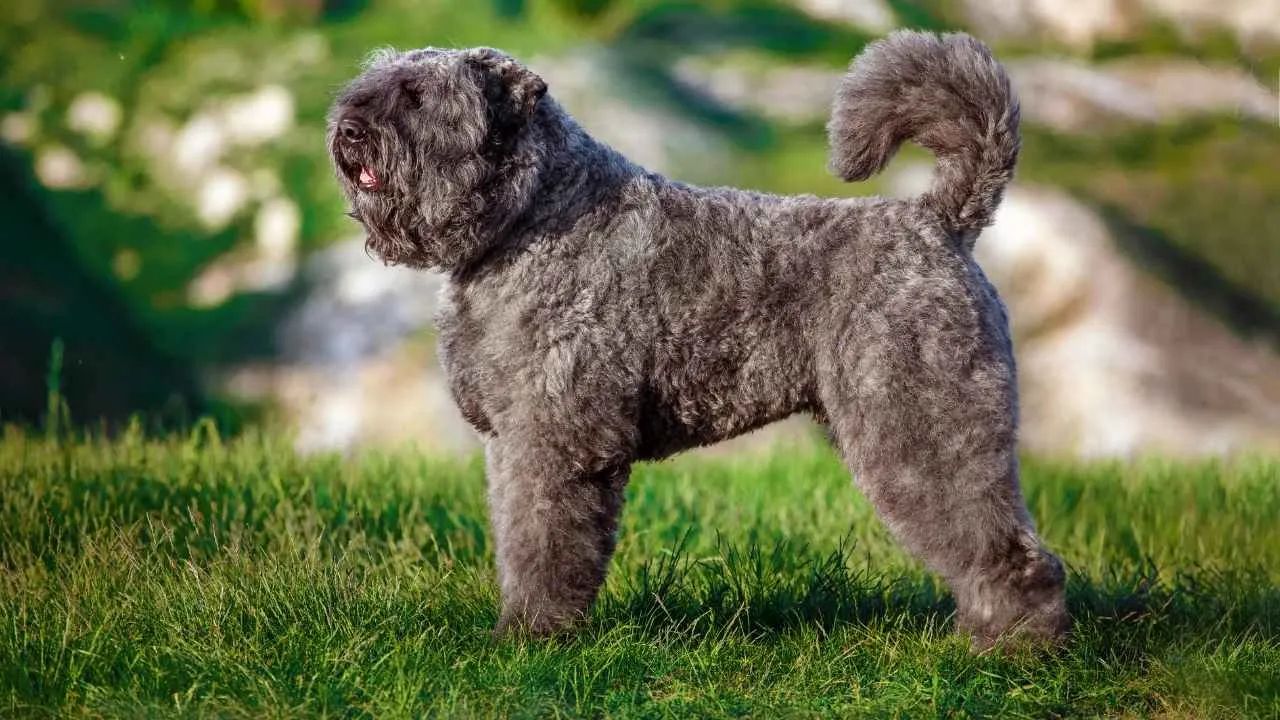
Bouvier des Flandres tend to remain unfazed by noise, sudden movement, or unpredictable behavior. Their calm reactions reduce tension when kids are active or loud. This breed rarely startles, which gives parents confidence during daily interactions.
Muscle Matched With Control
They’re large and strong, but learn to control their power around children with proper guidance. Accidental pushing or bumping is usually met with stillness, not reaction. This makes them physically safe even when toddlers misjudge distance.
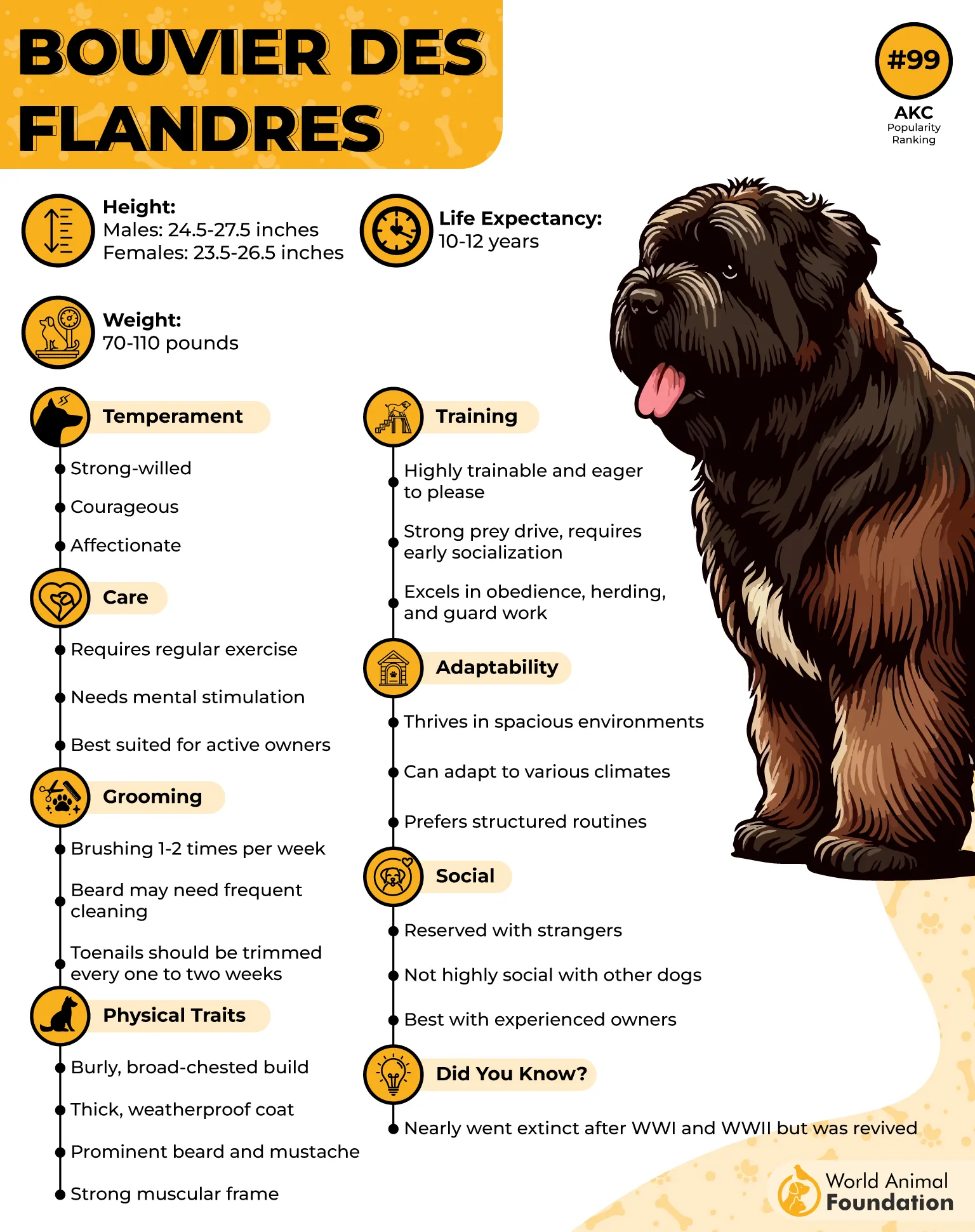
Discipline Rooted in Work
Historically used for cattle driving and cart-pulling, Bouviers thrive when given direction and responsibility. They memorize rules quickly and enforce them through consistent behavior. Their ability to self-regulate makes them a good fit in homes with structure.
A Beard That Tells Stories
Their thick double coat and signature beard require regular grooming, especially around food. What many don’t know is that this breed was once used by the Belgian army in both World Wars, as per the Bouvier Club. That military role shaped their loyalty and composure under pressure.
8. Flat-Coated Retriever
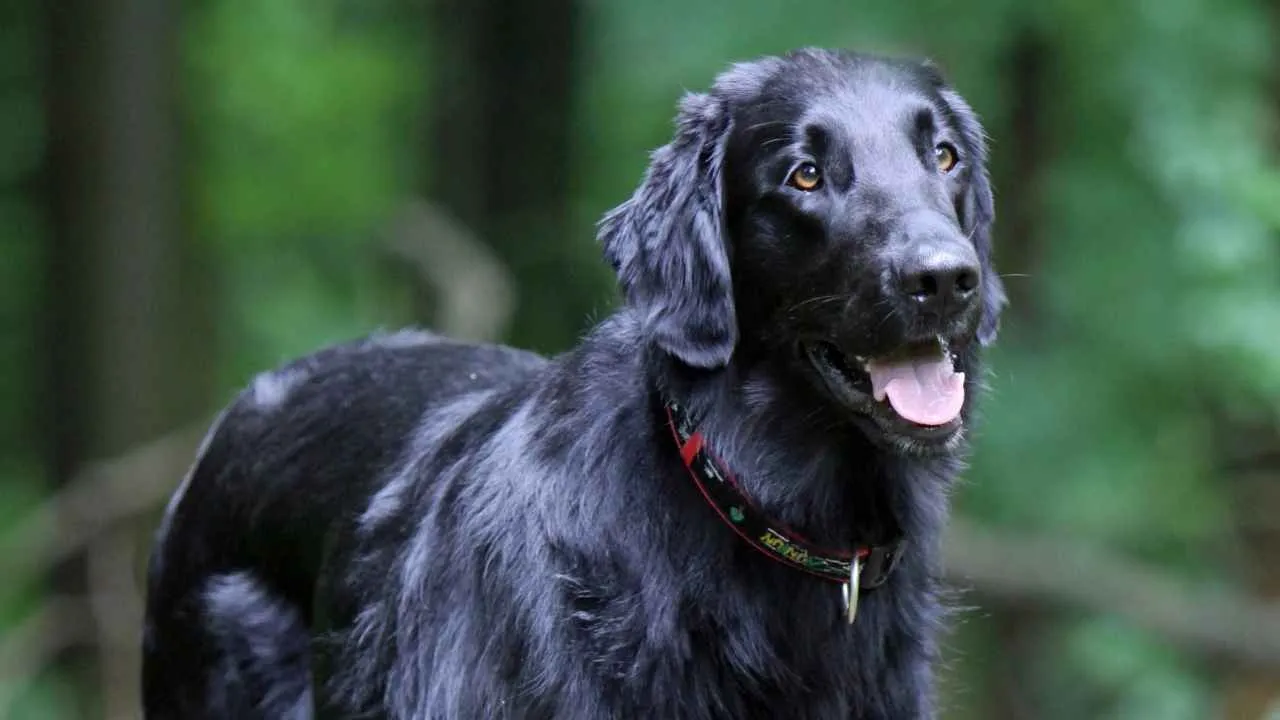
Flat-Coated Retrievers are known for their perpetual puppy-like behavior, even into adulthood. This makes them ideal companions for children who enjoy play that’s both energetic and lighthearted. Their enthusiasm tends to mirror the high energy of young family members.
Emotional Balance in Busy Homes
They remain emotionally steady even when the household is filled with noise, toys, and movement. Their temperament doesn’t swing sharply, which helps them avoid overreacting during chaotic moments. This balance allows them to stay comfortably involved without becoming overstimulated.
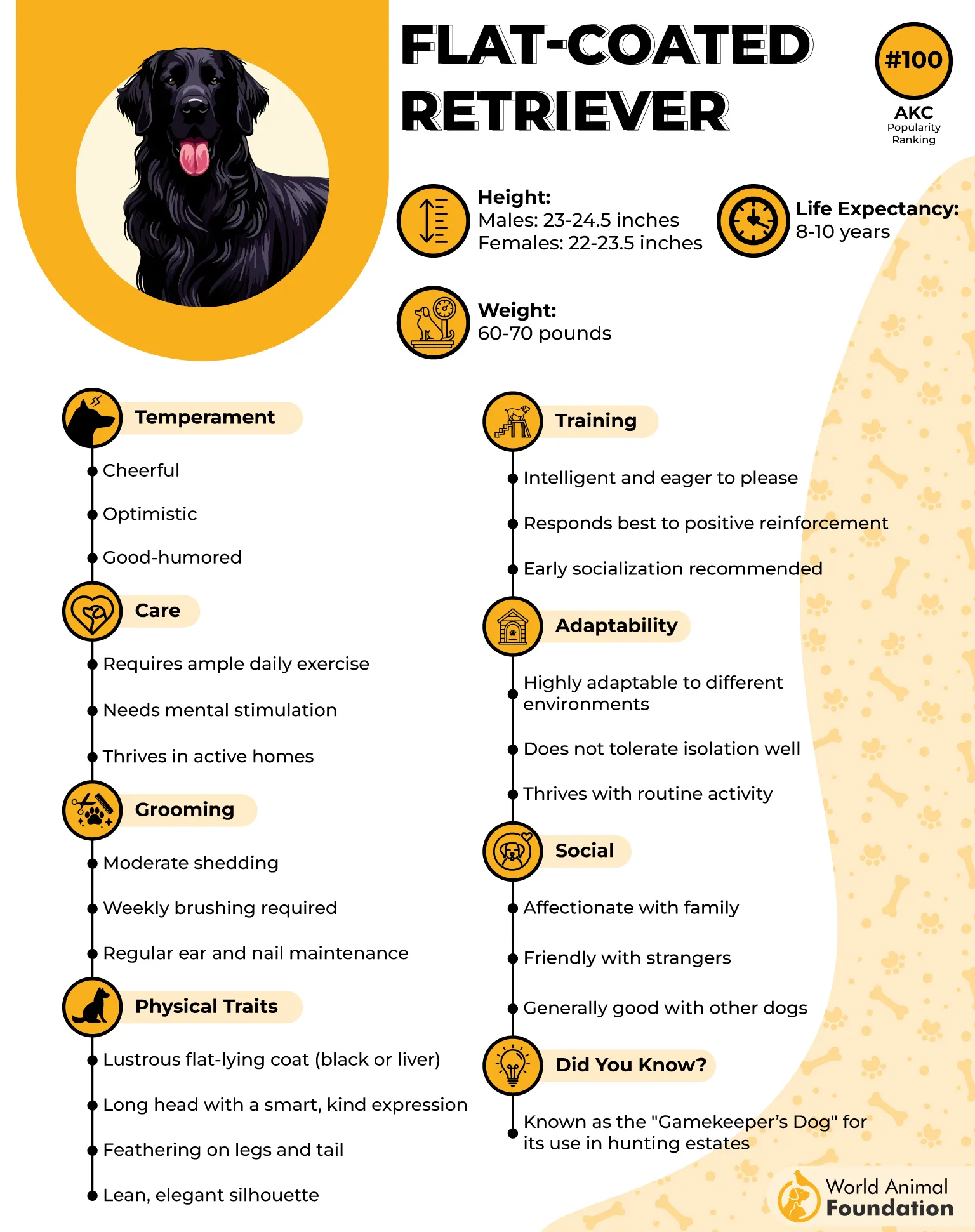
Social Nature That Builds Bonds
Flat-Coats have a natural tendency to form quick, affectionate bonds with everyone in the home. They often initiate interaction and stay engaged without becoming demanding. This social quality helps them blend smoothly into large, people-filled households.
Remarkably Slow Maturation
One of the most accurate and recognized traits of the breed is its slow development. Many Flat-Coats don’t fully mature until age three or later, as stated in FCRSA. That extended youthfulness contributes to their playful, adaptable behavior around children of different ages.
9. Chesapeake Bay Retriever
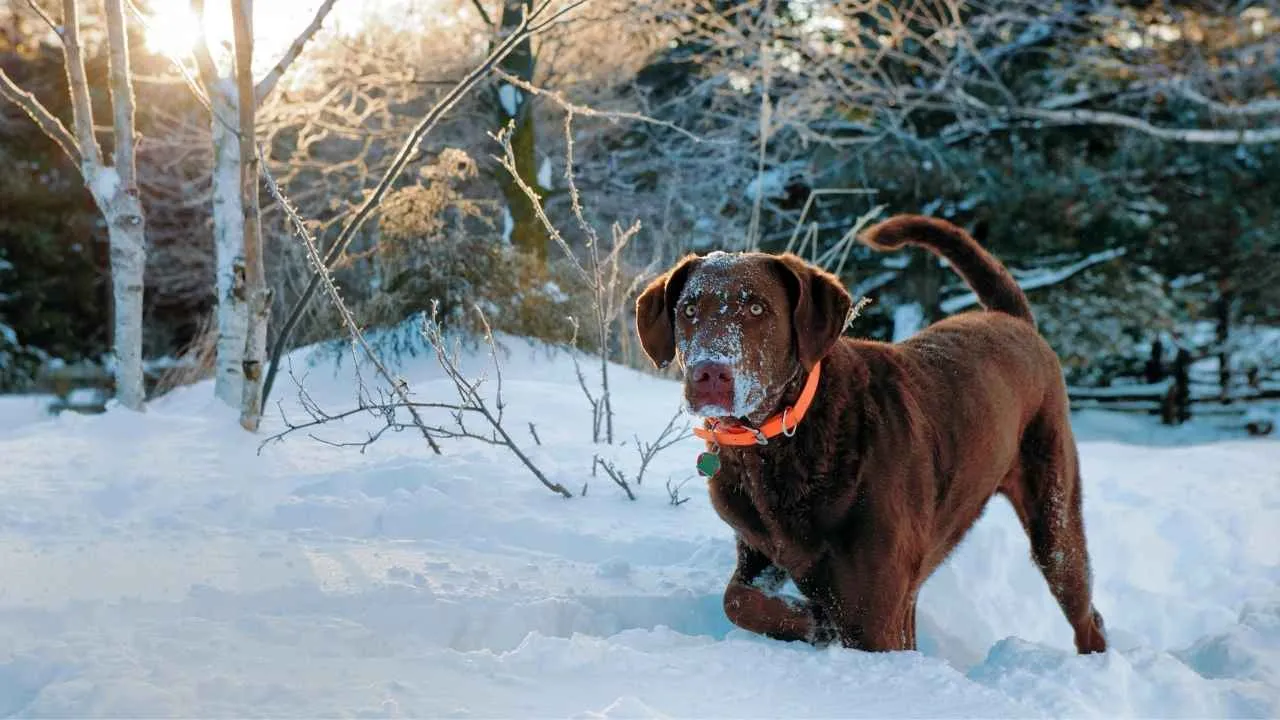
This breed stays composed in unpredictable situations, especially where noise and activity are constant. Children running, dropping toys, or creating sudden movement don’t easily trigger unease. Their reactions are often grounded and measured rather than impulsive.
Physically Durable and Kid-Tolerant
They have a dense, muscular build that makes them less sensitive to rough play or clumsy interactions. Accidental bumps, loud greetings, or tugging don’t usually disrupt their calm. This kind of tolerance offers peace of mind for families with energetic kids.
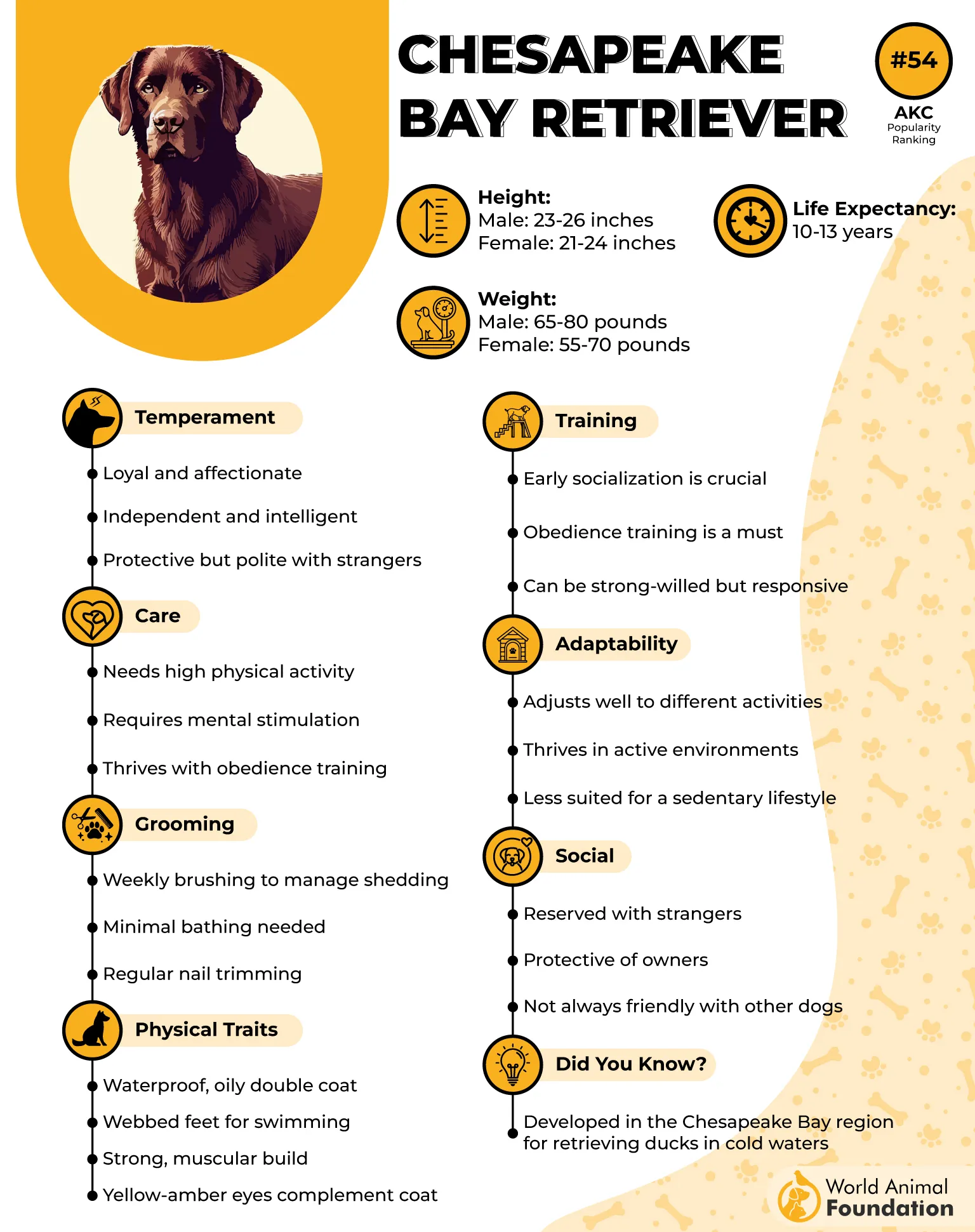
Highly Structured Thinking
Chesapeakes learn best in environments with clear rules, and once taught, they remember patterns well. They respect personal space and know how to behave in tighter indoor areas without bumping or pushing. That mental discipline shows early when routines are consistent.
Historical Purpose Still Visible Today
They were developed to retrieve waterfowl from ice-cold Chesapeake Bay waters, often completing hundreds of retrieves per day. That stamina and mental toughness remain a visible part of their behavior today. Their double coat is uniquely oily and wave-textured, designed to repel freezing water naturally.
10. Saint Bernard
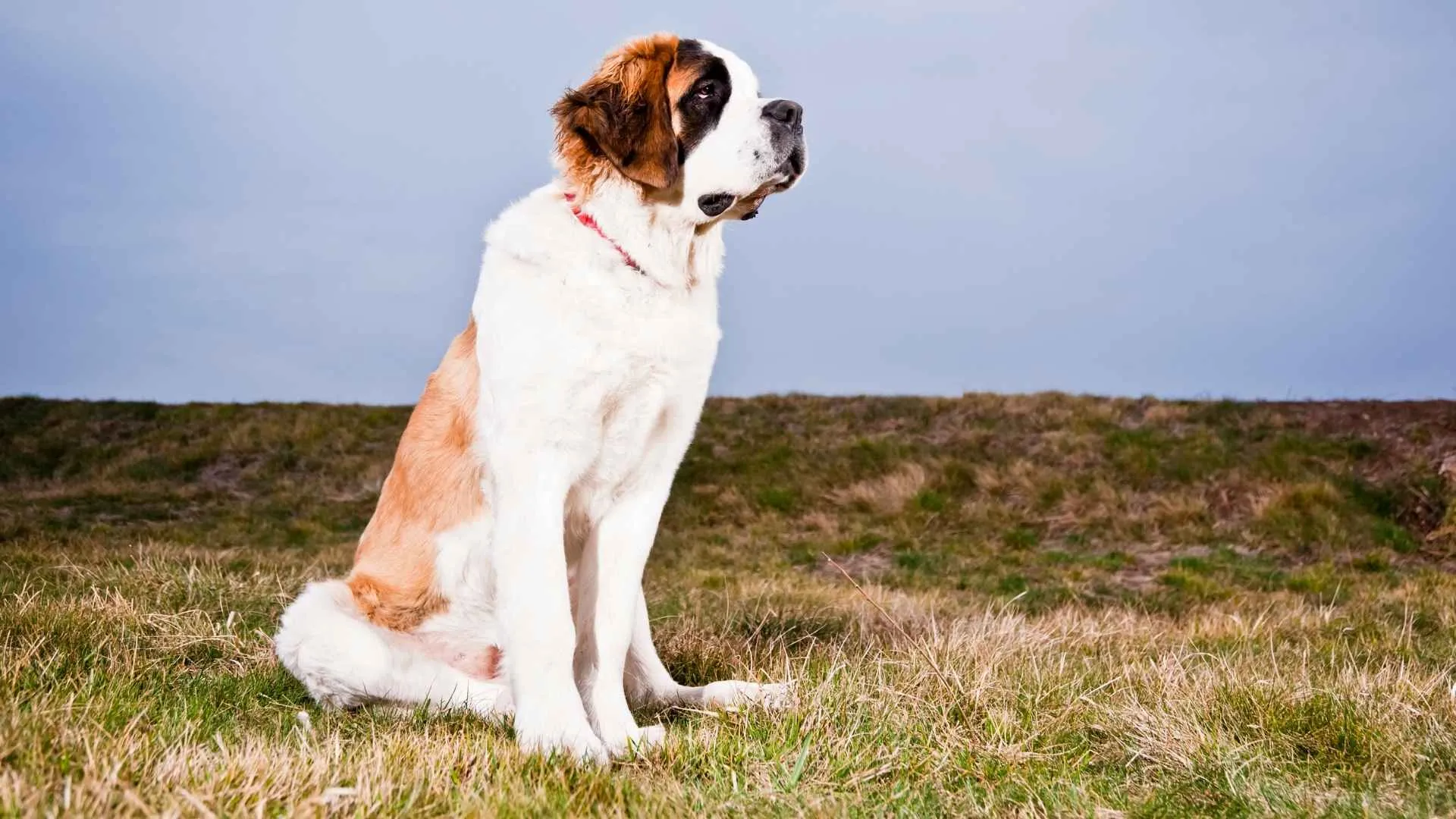
Saint Bernards have naturally low reactivity, which makes them ideal around children who are still learning boundaries. Their movements are slow, and their posture stays relaxed in busy households. This helps reduce overstimulation for both dog and child.
Strong Build With Gentle Movements
They can easily carry the weight of a child leaning or stumbling into them without losing balance or snapping. Their thick frame supports their calm temperament in physically chaotic moments. Kids often feel physically safe in their presence.
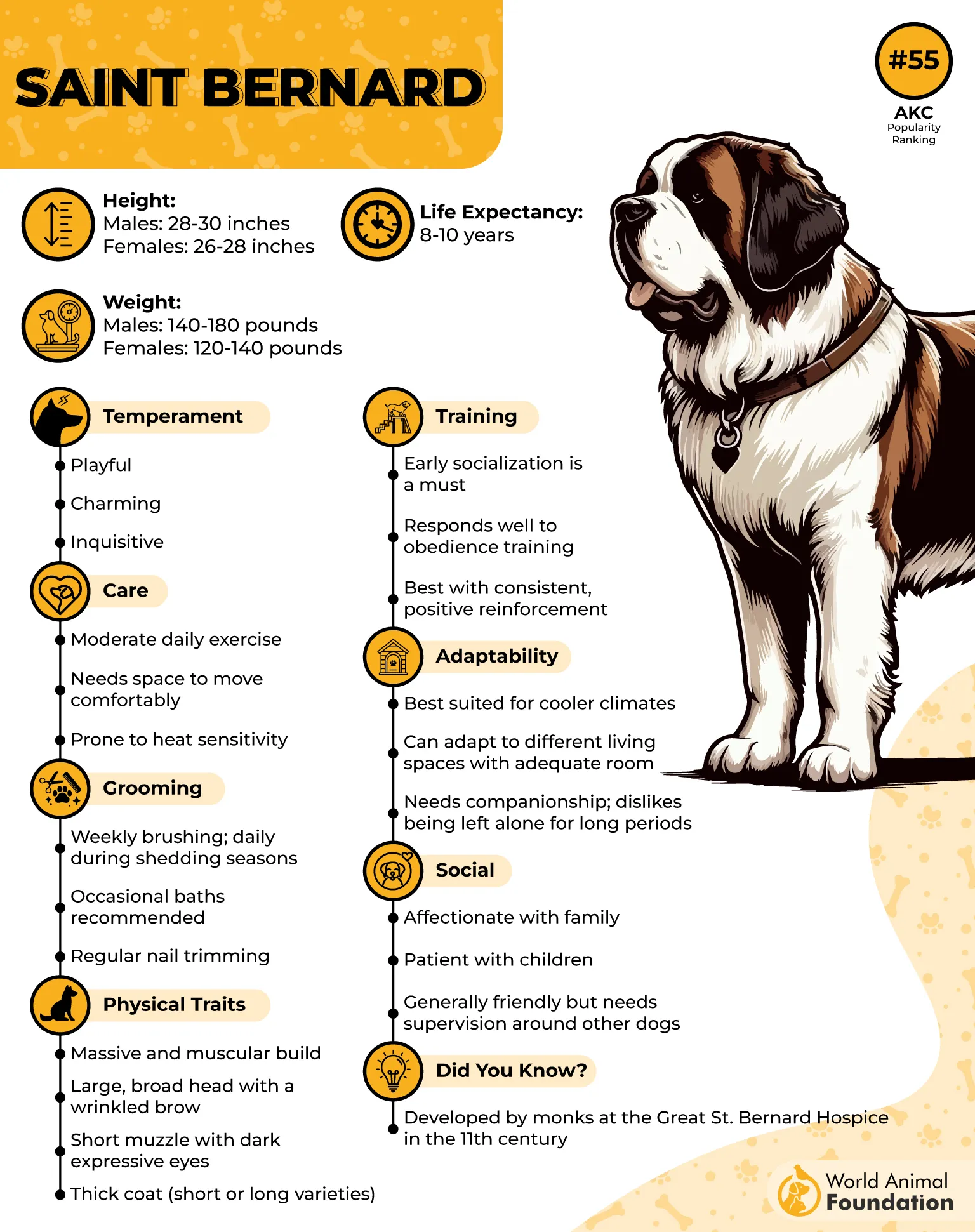
Behavior Influenced by Cold-Climate Origins
Saint Bernards were developed for alpine rescue work, where patience and independent judgment were critical. These traits influence their composed behavior during loud or unpredictable family situations. They don’t require constant supervision to remain steady.
True Historical Fun-Fact
They saved over 2,000 lives in the Swiss Alps, often navigating snowstorms alone to reach stranded travelers. Their famous sense of direction and memory developed through years of work at the Saint Bernard Hospice. That history shaped their steady, watchful temperament today.
Conclusion
Large dogs often carry a reputation for being too much, but with the right match, they become great companions and excellent family dogs.
Many of these breeds were initially bred as working dogs or hunting dogs, yet today, they thrive in homes filled with laughter, routines, and family activities.
Whether it’s their patience, strength, or ability to form lasting bonds, these dogs aren’t just pets—they become a family member. Some, like Newfoundlands and Saint Bernards, are even used as therapy dogs due to their calm, grounding presence.
With proper care, early training, and positive attention, most health or behavior concerns can be easily managed. Let their loyalty meet your love.


